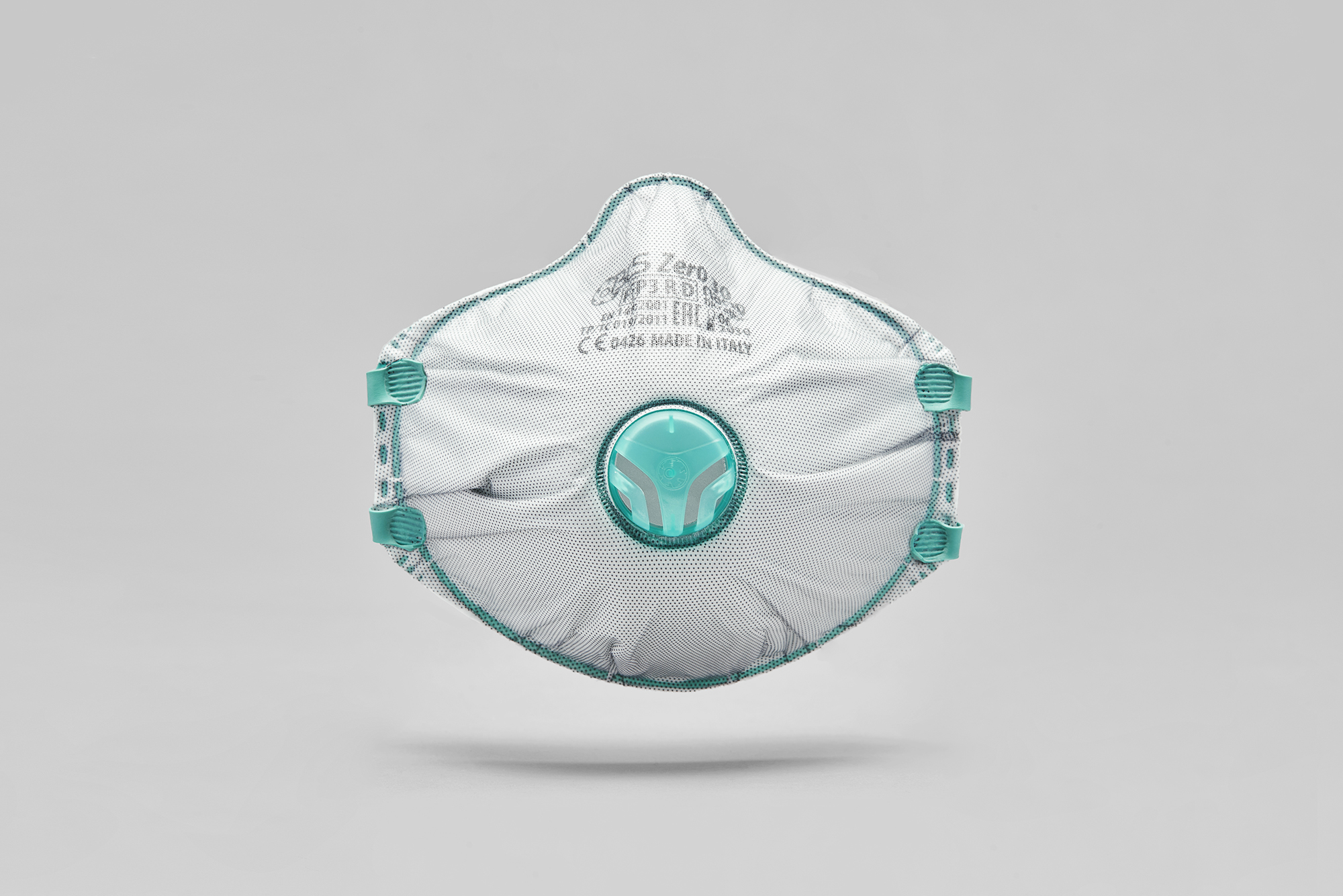BLS is at Safety and Health at Work 2022 Rotterdam (The Netherlands), 5-6 October 2022 BLS participates in the sixth biennial Dutch trade fair for occupational safety professionals. At a time like this, working in safe and healthy conditions has become a topical and priority issue for everyone. This event is a [...]








